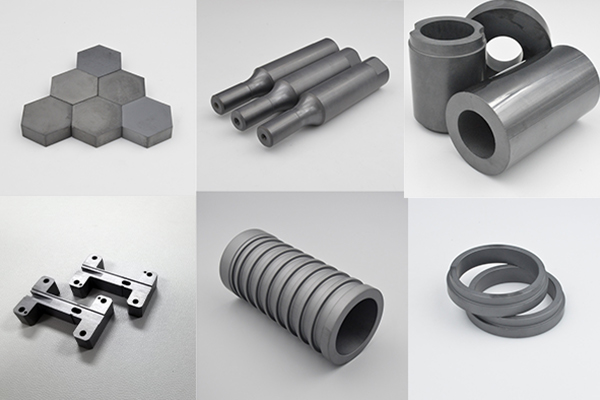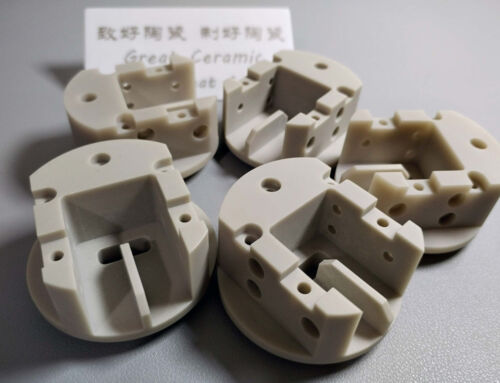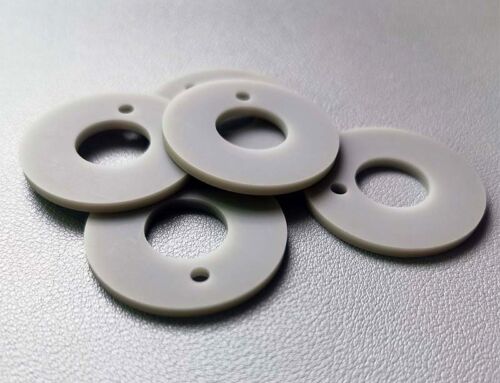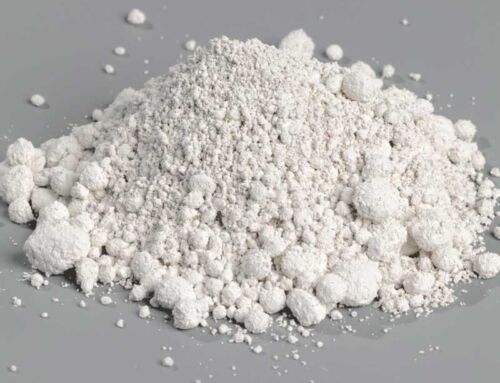
About Silicon Carbide(SiC) Ceramic Sintering
Silicon carbide ceramics with high hardness, high melting point, high wear resistance and corrosion resistance, as well as excellent oxidation resistance, high temperature strength, chemical stability, thermal shock resistance, thermal conductivity and air tightness, has a wide range of applications.
At present, the sintering methods of silicon carbide ceramics mainly include hot pressing sintering, non-pressing sintering, reaction sintering, recrystallization sintering, microwave sintering and discharge plasma sintering.
Hot pressing sintering
Hot pressing sintering is to place the silicon carbide powder in the mold and apply an axial pressure of 20~50MPa at the same time of heating, which is helpful to increase the contact, diffusion and flow between particles and accelerate the rearrangement and densification in the sintering process.
Hot pressing sintering process is simple, the product density is high, can reach more than 99% of the theoretical density. Because the temperature of hot pressing sintering is low, the growth of grain is inhibited, and the resulting sintered grain is fine and strong. However, the hot pressing sintering equipment is complex, the mold material requirements are high, the production process requirements are strict, only suitable for the preparation of simple shape parts, and the energy consumption is large, low production efficiency, high production cost.
Pressureless sintering
The non-pressure sintering process of silicon carbide can be divided into solid phase sintering and liquid phase sintering.
The main disadvantages of solid phase sintering are as follows: high sintering temperature (> 2000℃) is required, high purity of raw materials is required, and the sintered body has low fracture toughness and strong crack strength sensitivity, which is manifested as coarse grain and poor uniformity in structure, and the fracture mode is typical transgranular fracture. In recent years, the research on silicon carbide ceramics at home and abroad focuses on liquid phase sintering.
The realization of the liquid phase sintering is based on a certain number of multivariate eutectic oxide sintering additives, such as Y2O3 binary, ternary additive can make the SiC and its composite materials presents the liquid phase sintering, densification at a lower temperature to realize material, at the same time due to the introduction of the liquid phase at grain boundaries and unique interface bonding strength weakening, the ceramic material way of breaking into the intergranular fracture mode, so that the fracture toughness of ceramic materials can be improved significantly.
Reaction sintering
The process of preparing silicon carbide by reaction sintering is to premix an appropriate amount of carbon containing material in silicon carbide powder and synthesize new silicon carbide by using high temperature reaction between carbon and residual silicon in silicon carbide powder so as to form silicon carbide ceramics with compact structure.
Reactive sintering process has the advantages of low sintering temperature, short sintering time and near net size forming, etc. It is the most effective method to prepare large size and complex shape silicon carbide ceramics. However, reaction sintering is prone to some problems, such as uneven density of sintered products, easy cracking of sintered products, and insufficient silicon penetration in the sintering process. Moreover, this sintering process has high requirements on raw materials, high energy consumption and high production cost.
Recrystallization sintering
Recrystallization SiC ceramic material is different size of SiC particles in a column of grading than after molding for billet, grain in the slab of fine particles can be evenly distributed between the coarse particle pore, and then in the high temperature of 2100 ℃ above and some flow under the protection of the atmosphere, SiC fine particles gradually after evaporation condensation of coarse particle contact point precipitation, until the fine particle completely disappear. As a result of this evaporation-condensation mechanism, new grain boundaries are formed at the neck of the particles, resulting in the migration of fine particles and the formation of bridge structures between large particles and sintered bodies with a certain porosity.
This ceramic material does not contract despite the obvious neck growth process. Results The density of the product does not change in the sintering process, so its strength is relatively low. However, its advantage is that the ceramic material does not need any sintering assistant during the sintering process, and the sintered body is a single SiC crystal phase, so the material has excellent anti-oxidation performance. Meanwhile, the sintering process can produce large products with high precision size and no deformation.
Microwave sintering
Compared with the traditional sintering process, microwave sintering takes advantage of the dielectric loss of the material in the microwave electromagnetic field to heat the whole material to the sintering temperature to realize sintering and densification. Compared with the conventional sintering method, microwave sintering has many advantages, such as low sintering temperature, fast heating speed, good material density, etc. At the same time, microwave sintering accelerates the mass transfer process of materials, so as to obtain fine grain materials.
Discharge plasma sintering
Discharge plasma sintering technology is a new powder metallurgy technology for the preparation of block materials. It USES high energy electric spark to complete the sample sintering process at low temperature and in a short time. It can be used for the preparation of metal materials, ceramic materials and composite materials. In the sintering process, instantaneous discharge between particles and high-temperature plasma can break or remove impurities (such as oxidation film) and adsorbed gas on the surface of powder particles, activate the surface of powder particles, and improve the sintering quality and efficiency.
By means of discharge plasma sintering technology, the SiC powder with Al2O3 and Y2O3 accelerators was sintered rapidly, and the dense SiC ceramics could be obtained.
Silicon Carbide Structural Ceramics Parts
Due to its various excellent properties, high-temperature bearings, bulletproof plates, nozzles, high-temperature corrosion-resistant parts, and electronic equipment parts in the high-temperature and high-frequency range made of SiC ceramics are widely used in petroleum, chemical, microelectronics and other fields, automobiles, It is widely used in industrial fields such as aerospace, aviation, papermaking, laser, mining and atomic energy.





